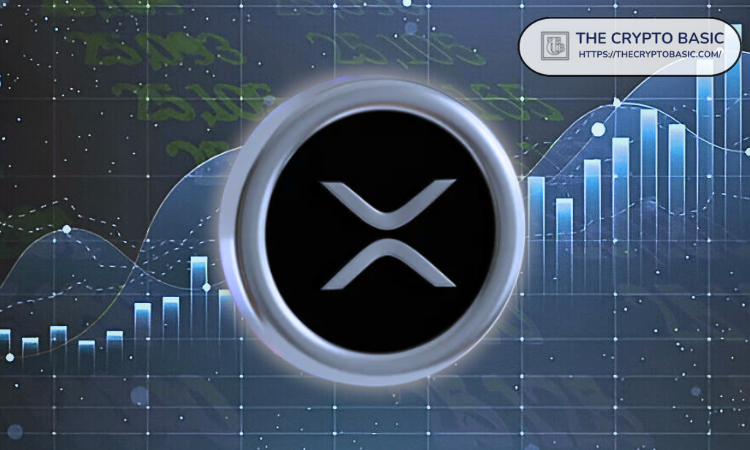XRP has been experiencing a remarkable surge in price recently, drawing attention as it continues to move higher despite its large market capitalization.
For context, XRP has risen by 194% in the last eight weeks. In comparison, Bitcoin took the entire year of 2024 to post a gain of 124%. In other words, XRP is achieving in weeks what takes Bitcoin several months to accomplish in terms of price movement.
According to crypto analyst Dom, the rapid price movements of XRP are due to a combination of low supply and thin order books. In his view, these factors make XRP more susceptible to volatility.
XRP Price Moving Are Easier Than Bitcoin
In a recent tweet, Dom explained that the market cap of an asset is not particularly necessary when determining the rate of its price movements. Instead, the liquidity in the order book determines how easily a price can move.
Using Binance perpetual markets as an example, Dom outlined how much capital is needed to move the prices of BTC and XRP by 25%.
Specifically, he cited that it takes about 985 million USDT to clear 9,040 BTC and push the price up by 25%. In contrast, it only requires 59.73 million USDT to clear 19.88 million XRP price and effect a price gain of 25%.
According to his calculation, it is approximately 16.5 times easier to trigger a 25% jump in XRP price compared to Bitcoin, purely due to the thinness of XRP’s order book.
The Role of Liquidity and Supply in XRP Sharp Movements
Furthermore, Dom argued that XRP’s sharp price increases are largely due to its fragile order book, where the limited sell-side liquidity creates a “vacuum effect.” When significant buy pressure hits, the price jumps vertically until it finds resistance from more enormous sell walls.
This phenomenon is more pronounced in cheaper assets like XRP, which have a smaller liquidity pool than expensive assets like Bitcoin.
Furthermore, Dom highlighted that XRP holders tend to have long-term perspectives. Many are holding the asset after enduring years of volatility. Hence, they are unlikely to sell after 5X gains, especially since XRP remains below its peak.
As a result, supply remains constrained, contributing to less selling pressure even during substantial price increases.
Ultimately, Dom concluded that XRP’s price movement is a result of basic supply and demand mechanics. The asset will likely see significant resistance once larger supply enters the market. At that time, it will become evident in the order books as sell orders accumulate.



